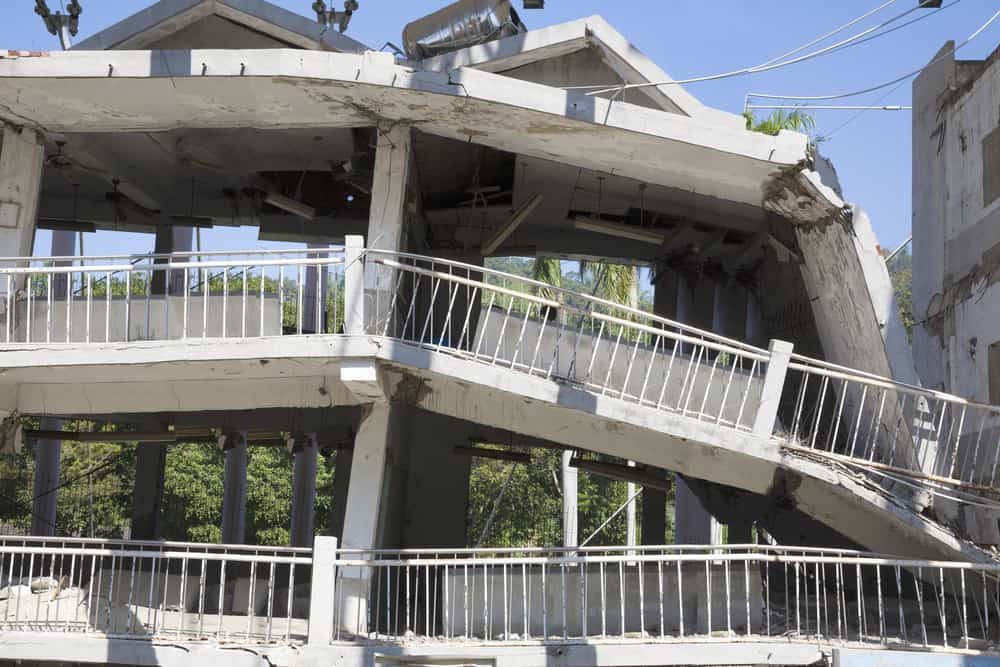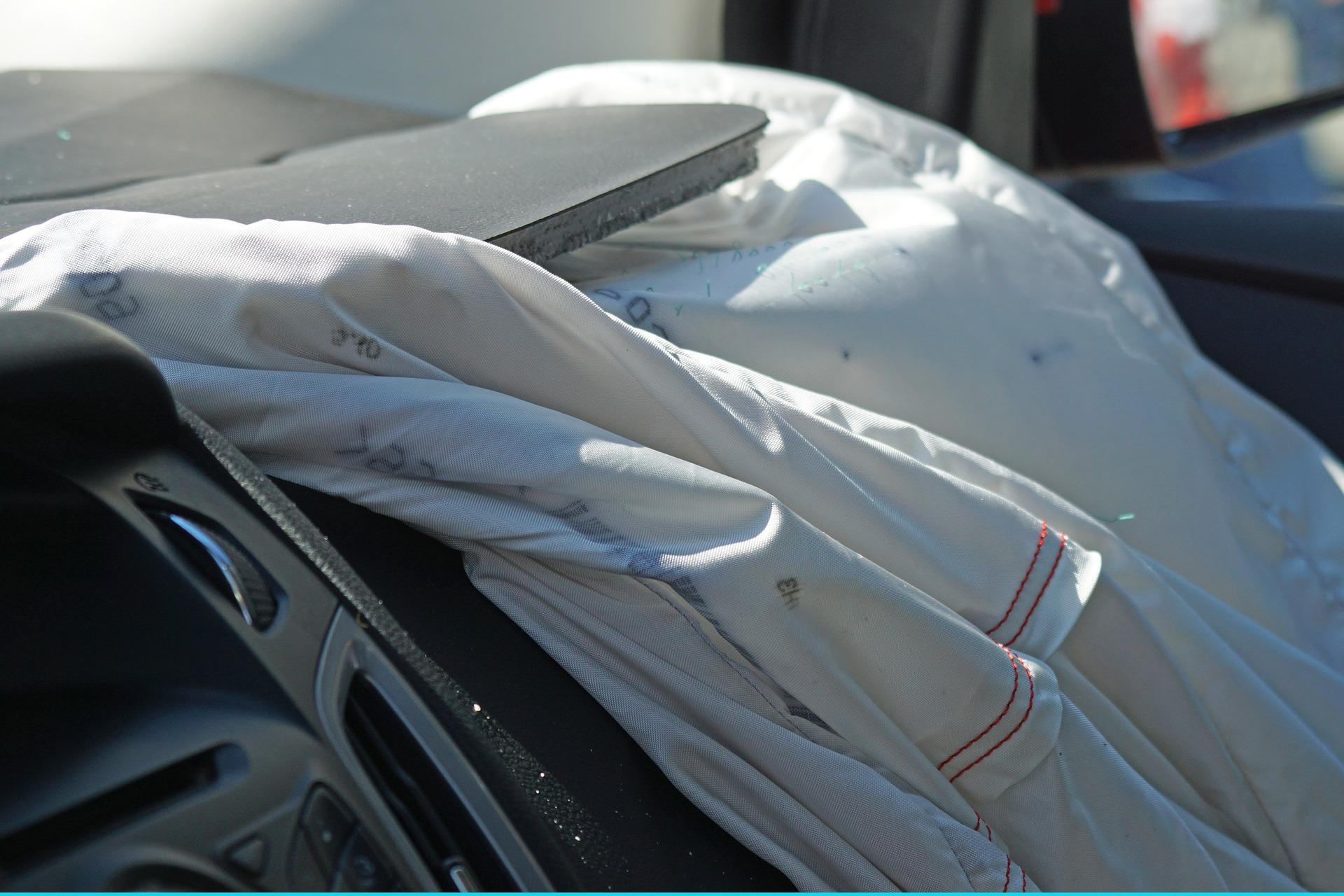A forensic contractor needs to have a basic knowledge of engineering, medicine, and science for public or legal argumentation. An experienced forensic investigator must handle cases to conclude presentation in the legal system. Police procedurals and crime dramas have taught us the importance of forensic science in solving different cases. The field of forensics includes much more than fingerprinting, DNA, ballistics, etc.
Forensic engineering investigations deal with reporting and investigating the root cause of engineering problems that have led to the collapse of the building. This collapse can become a threat to society, leading to a loss of confidence in the government or constructors. The professionals who play a role in the construction of a building, i.e., contractors, builders, and contractors, are questioned about their responsibilities and functions in the collapse of the building. The primary aim of forensic contractors is to find the cause of the collapse and failure of a material, product, component, and structure.
It entirely depends on the skills and knowledge of the forensic contractor that separates the excellent investigation from the moderate one. The ability to investigate a case entirely depends on the evidence available. The lack of evidence will fail to investigate a case properly.
The evidence may include sand, gravel, adhesives, tapes, dirt, soil, bullet fragments, etc.; when all the trace evidence is identified; then, further proceedings will be carried out.
In case of the collapse of a building, it is essential to have basic in-service loading knowledge about the structure. Viewing the collapsed building will provide you with this knowledge. For instance, in the case of a bridge collapse, a commercial airliner took a photograph a few minutes before the incident. This photograph enlightened us regarding the load on the bridge at the time of the incident.
Ensuring that the material properties comply with design specifications is also vital. Therefore, collecting the samples and storing them for testing purposes is crucial. It is also essential to record the dimensions of connections to ensure that dimensions comply with design specifications. The forensic contractor needs to record such information and not depend entirely on the information given in the design documents.
It is equally important to capture the collapsed structure before it is disturbed. All types of disturbances should be minimized before capturing the collapsed site. These video records and photographs are important tools in studying the case of building collapse or failure. The documentation and photographs of the collapsed structure should be stored. The forensic contractor must place them in an envelope or bag. Seal all the evidence and label them appropriately.
Securing all this evidence is also essential. First, it is necessary to complete the chain of custody documentation. This custody form must have important information regarding the evidence collected. The forensic contractor needs to gather the evidence properly and preserve them separately, and it is essential to use appropriate tools for evidence collection.


